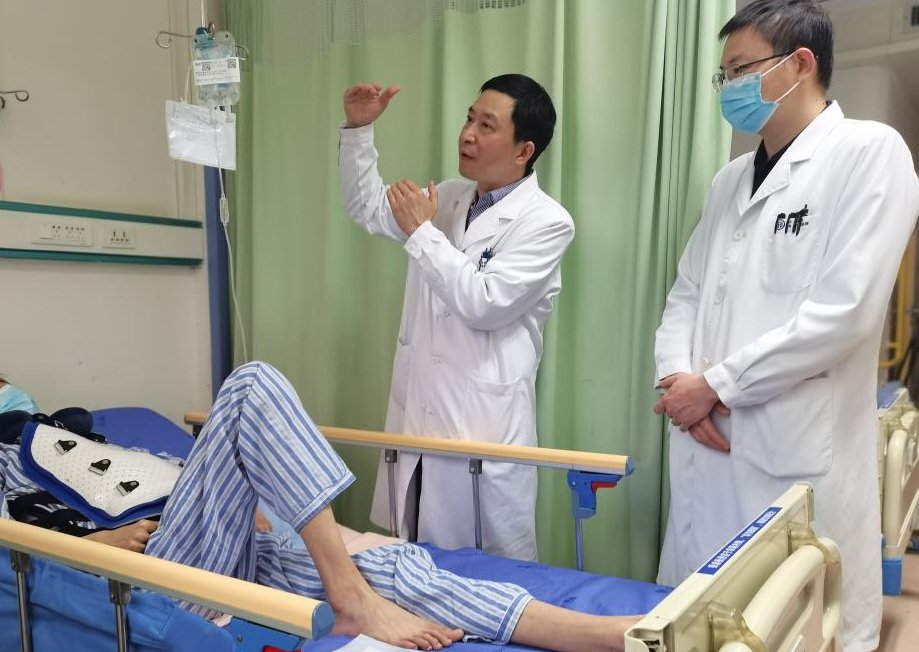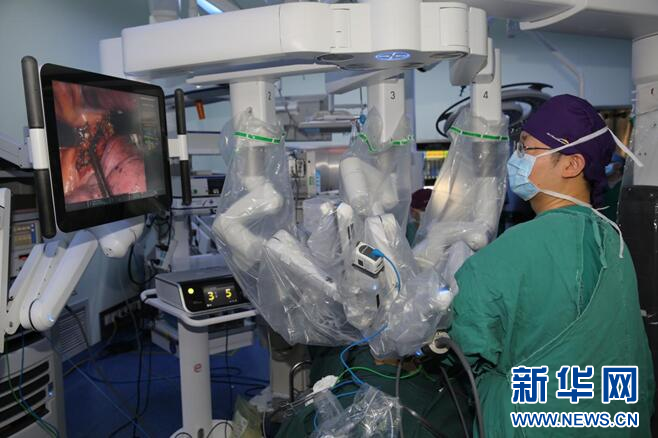1、2018年循证医学中心牛玉明为通讯作者在Frontiers in Physiology杂志(2区)发表题为No Association Between MicroRNA-608 rs4919510 G>C Polymorphism and Digestive System Cancers Susceptibility: A Meta-Analysis Based on 10,836 Individuals文章
Li XF, Song JK, Cai JW, Zeng YQ, Li M, Zhu J, Niu YM.
Abstract
Previous epidemiologic studies have revealed a possible association between microRNA-608 rs4919510 G>C polymorphism and digestive system cancers (DSCs) risk, but the results were not consistent. We therefore performed an updated meta-analysis to explore the association between microRNA-608 rs4919510 G>C polymorphism and DSCs risk. Crude odds ratios (ORs) with 95% confidence intervals (CIs) were calculated to assess the relationship between the microRNA-608 rs4919510 G>C polymorphism and DSCs risk. Heterogeneity, cumulative analyses, sensitivity analyses, and publication bias were also conducted to examine the statistical power. Eight published articles with nine independent case-control studies involving 10,836 individuals were included in this meta-analysis. Overall, no significant association was found between microRNA-608 rs4919510 G>C polymorphism and DSCs risk in general populations. But some significant protective effects were observed in the subgroup of Caucasian population group in three genetic models (C vs. G: OR = 0.82, 95% CI, 0.68-0.99, P = 0.03, I2 = 0%; CC vs. GG: OR = 0.59, 95% CI = 0.36-0.97, P = 0.04, I2 = 0%; GC+CC vs. GG: OR = 0.61, 95% CI = 0.37-0.99, P = 0.05, I2 = 0%). In summary, current evidence indicates that the microRNA-608 rs4919510 G>C polymorphism maybe an important factor of DSCs susceptibility, especially in Caucasian population.
KEYWORDS:
cancer; microRNA-608; polymorphism; rs4919510; susceptibility
PMID: 29930517 PMCID: PMC5999779 DOI: 10.3389/fphys.2018.00705
2、2018年循证医学中心汪龙为第一作者,牛玉明为通讯作者在Front Endocrinol (Lausanne)杂志(3区)发表题为A Study on the Association Between Polymorphisms in the Cytochrome P450 Family 17 Subfamily A Member 1 Gene Region and Type 2 Diabetes Mellitus in Han Chinese文章.
Wang L, Niu YM, Wu SS, Zhang C, Zhou L, Zuo HX, Wang P.
Abstract
BACKGROUND:
Cytochrome P450 family 17 subfamily A member 1 (CYP17A1) gene encodes a key enzyme in the synthesis and metabolism of steroid hormones and has been associated with various factors, such as hypertension, insulin resistance, and polycystic ovary syndrome. However, whether the gene was associated with type 2 diabetes mellitus (T2DM) has not been reported yet. Therefore, we sought to investigate whether CYP17A1 was associated with T2DM and related traits among Han Chinese.
METHODS:
Three tagging single nucleotide polymorphisms (rs1004467, rs17115149, and rs12413409), in the CYP17A1 gene region were selected and genotyped in a case-control study that included 440 diabetes and 1,320 control subjects. Effects of genetic loci were studied using univariate unconditional logistic regression and multivariate logistic regression analysis adjusted for age, sex, family history, body mass index, smoking, and drinking. Bioinformatics analysis was also conducted using the GEO DataSets and PROMO database to gain hints of possible mechanism.
RESULTS:
Rs17115149 and rs12413409 polymorphisms were significantly associated with the risk of T2DM, even after adjusting for age, sex, family history, body mass index, smoking, and drinking. In stratified analyses, rs1004467 and rs12413409 showed significant association with T2DM in the older age group (≥65 years) and, in the case of rs12413409, the risk of T2DM was significant in men but not in women. Rs17115149 had significant association with T2DM in the hypertension subgroup, and rs12413409 in the non-hypertension subgroup. Moreover, rs12413409 showed significant association with plasma glucose levels in the recessive model (P = 0.020) among subjects not taking hypoglycemic measures. Bioinformatics analysis revealed significantly higher CYP17A1 gene expression in T2DM patients compared to healthy controls. Finally, the mutant T allele of the rs17115149 polymorphism allowed binding to the RBP-Jkappa transcription factor.
CONCLUSION:
This is the first report to identify that variants rs1004467, rs17115149, and rs12413409 of CYP17A1, are related to plasma glucose levels and T2DM among Han Chinese. Our results suggest that CYP17A1 might constitute a risk gene for progression to T2DM.
KEYWORDS:
cytochrome P450 family 17 subfamily A member 1; polymorphism; steroid hormone; susceptibility; type 2 diabetes
PMID: 29942286 PMCID: PMC6004380 DOI: 10.3389/fendo.2018.00323
3、2018年循证医学中心牛玉明为通讯作者在Medicine杂志(3区)发表题为Quantitative assessment of the relationship between Fas/FasL genes polymorphisms and head and neck cancer risk文章.
Zhang DF, Jiang GB, Qin CQ, Liu DX, Hu YJ, Zhou J, Niu YM
Abstract
BACKGROUND:
Molecular epidemiological studies have demonstrated a closer association between Fas/FasL polymorphisms and head and neck cancer (HNC) risk, and the results of these published studies were inconsistent. We therefore performed this meta-analysis to explore the associations between Fas/FasL polymorphisms and HNC risk.
METHODS:
Four online databases (PubMed, Embase, CNKI, and Wanfang) were searched. Odds ratios (ORs) with 95% confidence interval (95% CIs) were calculated to assess the association between Fas -670A>G, Fas -1377G>A, and FasL -844C>T polymorphisms and HNC risk. In addition, heterogeneity, accumulative/sensitivity analysis, and publication bias were conducted to check the statistical power.
RESULTS:
Overall, 9 related publications (20 independent case-control studies) involving 3179 patients and 4217 controls were identified. Significant association of protective effects was observed between FasL -844C>T polymorphism and HNC risk in codominant and dominant model models (CT vs CC: OR = 0.89, 95% CI = 0.79-1.00, P = .05, I = 38.3%, CT+TT vs CC: OR = 0.88, 95% CI = 0.79-0.98, P = .02, I = 35.8%). Furthermore, the similar protective effects were observed the subgroup analysis of in Asian population and population-based controls group.
CONCLUSION:
Our meta-analysis indicated that FasL -844C>T polymorphism plays a protective role against HNC development, but the Fas -670A>G and Fas -1377G>A polymorphisms maybe not associated with HNC risk.
PMID: 29419701 PMCID: PMC5944675 DOI: 10.1097/MD.0000000000009873









 鄂公网安备 42030202000293号
鄂公网安备 42030202000293号